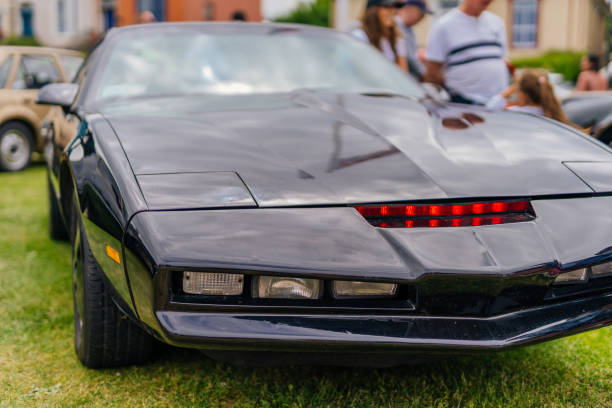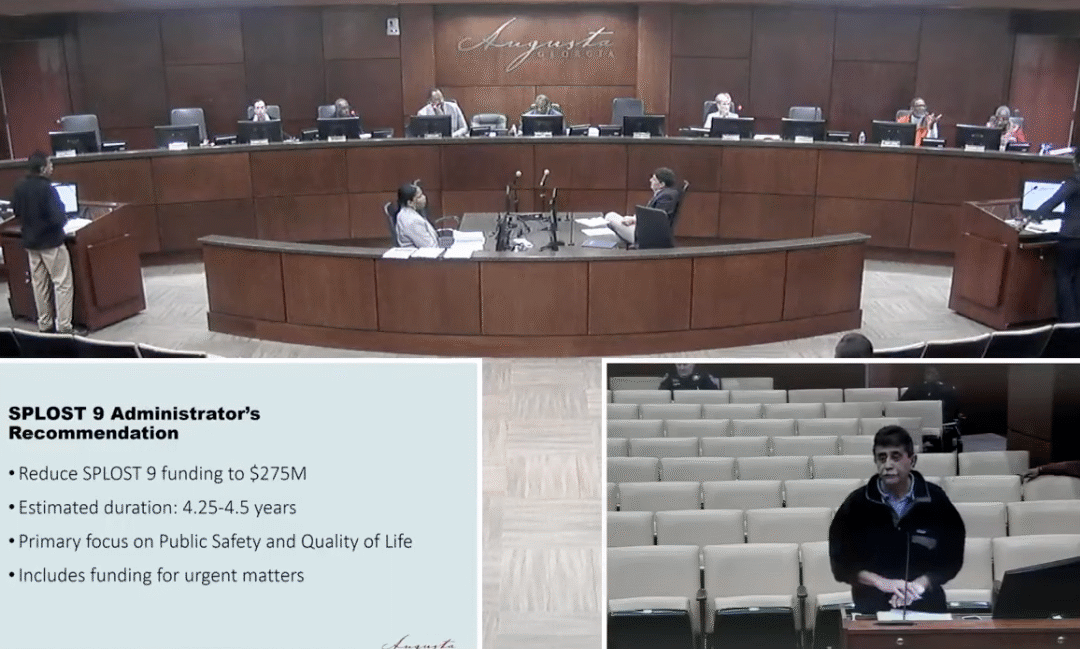The 1980s decade of car engineering and design was a pivotal moment in automotive history.
Crawling out of the malaise era of the mid-1970s, car manufacturers finally broke out of the box and started revolutionizing not only the exterior looks and shapes of our transportation, but the technology that made cars much better all around.
For the last couple of decades, the cars of the 80’s were still fairly obtainable. There was a time, and not too long ago, for a few thousand dollars you could have a presentable Mustang GT, BMW e30, or even a boxy Chevrolet full size pickup.
In the last five years or so, those options, and many more, have become five figure cars, even for subpar examples.
Growing up in the 80’s gives me a great appreciation of these simple classics. My room was full of Lamborghini posters purchased with my lunch money from grade school book fairs, and Hot Wheels cars littered the floor.
As an adult, I have owned quite a few of the great ones: Sciroccos, 3 series BMWS, Porsches and even a few full-size GM sedans have graced my driveway, and I loved them all.
The 80’s saw an uptick in automotive reliability, with most cars shedding their carburetors and adopting the earliest mass-produced fuel injection systems. Airbags and antilock brakes were available, but not required or even that common.
Rudimentary on-board diagnostics helped to pinpoint problems, and the cars were still friendly to work on. They were sleeker than their predecessors, but still quite boxy by today’s wind tunnel standards.
Performance was still somewhat anemic on average, but with speed limits topping out at 55 miles per hour, the average car consumer did not have performance as a priority.
Towards the end of the decade when fuel prices were low, the performance segment got faster. The tuned port 305 Chevy and the 5.0 Ford engines with port fuel injection made respectable performance numbers and were the choice of many.
Quirky digital displays, futuristic wheels, and fiberglass ground effects were the style of performance and luxury.
The 80’s also bred some interesting import cars, from hot hatches like the Rabbit GTI to Wankel powered Mazda sports cars. It was a time of experimentation that builds a foundation for the future.
There would be no Cyber Truck without the DeLorean’s stainless steel manufacturing technologies. The SUV, minivan, and hatchback may not have been invented in the decade, but the 80s sure made them mainstays.
The car business changed as well. Automotive commercials dotted every break of your favorite TV show, displaying their wares.
Slogans such as “have you driven a Ford lately?” became household sayings. Lee Iacocca even appeared in Chrysler’s commercials, daring consumers to buy a better car if they found one (many did.) As cars crept up in pricing, financing became more important to consumers and profitable to manufacturers.
Leasing also gained popularity for businesses and people who wanted more car than they could afford. Dealerships were booming with high commissions and marketing gimmicks. I remember my parents buying a Toyota Corolla in 1989 and there was a circus clown in the showroom to entertain the kids.
It wouldn’t be the last clown I’ve seen in a car dealership, ha ha!
In the 90’s, car manufacturers took their experience from the previous decade and made some serious strides to where we are today. Much of that old nostalgia is starting to show in new cars, which just goes to show that everything always comes back around.
The Hyundai Ionic 5, Tesla Cyber Truck, and the Toyota Landcruiser are rolling throwbacks to the big 80’s. Now all we need are cassette decks, A-team reruns, and Reagan on the 2024 ticket to complete the vibe.
What was your favorite car of the 80’s? Let me know in the comments.
As for me, I will see you on the road!











